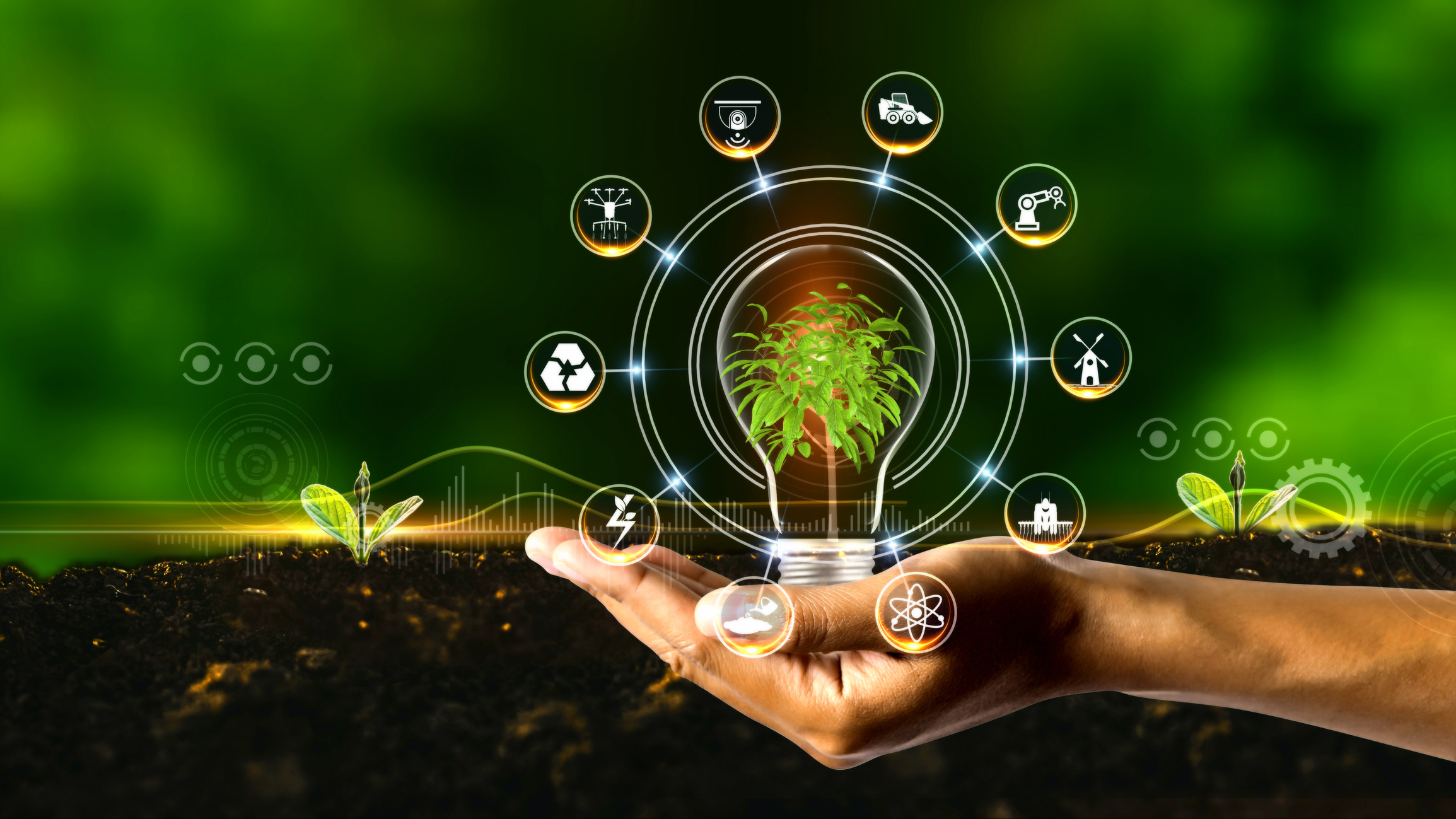
The global precision agriculture market is undergoing rapid transformation as innovative technologies and sustainable practices revolutionize the agricultural sector. As farmers face growing pressure to increase crop yields, optimize resources, and address environmental concerns, precision agriculture emerges as the ideal solution. According to a recent report by Flair Insights, the global precision agriculture market is expected to grow at a CAGR of 13.10%, reaching an estimated USD 14.77 billion by 2032.
What is Precision Agriculture?
Precision agriculture refers to the use of advanced technologies, data analytics, and automated systems to optimize the efficiency of farming practices. By utilizing technologies such as GPS, IoT sensors, drones, and AI-powered analytics, precision agriculture enables farmers to make data-driven decisions to improve crop health, manage resources effectively, and maximize yield. The result is more sustainable and cost-effective farming.
Market Drivers: Key Factors Driving Growth
Increased Demand for Food Security and Sustainable Farming
As the global population continues to grow, ensuring food security while minimizing environmental impact has become more critical than ever. Precision agriculture helps farmers produce more food using fewer resources, addressing the need for more sustainable farming practices. By using sensors and satellite imaging, farmers can monitor soil conditions, water usage, and crop health, ensuring optimal growth and minimizing waste.Advancements in Technology
The growth of precision agriculture is largely driven by technological advancements, particularly in IoT, drones, artificial intelligence, and machine learning. IoT sensors help gather real-time data from the field, while drones and satellites offer aerial views to monitor crop performance and track pest and disease outbreaks. AI-powered algorithms can analyze this data to provide actionable insights that improve crop yield and reduce input costs.Government Support and Subsidies
Governments worldwide are recognizing the importance of precision agriculture in achieving sustainable agricultural goals. Various initiatives, subsidies, and grants are being offered to farmers and agricultural companies to adopt advanced technologies. These incentives are driving the adoption of precision farming methods and boosting market growth.Reduction in Operational Costs
One of the biggest advantages of precision agriculture is its ability to reduce operational costs. By optimizing resource usage, farmers can lower their costs for water, fertilizers, and pesticides. For example, through variable rate technology (VRT), farmers can apply fertilizers and pesticides more accurately, which reduces the overall usage and minimizes environmental impact.
Market Segmentation: Understanding the Key Components
The precision agriculture market is segmented into technology, application, farm size, and region. These segments provide deeper insights into the trends and growth opportunities within the market.
Technology Segment
- GPS/GNSS: Global Navigation Satellite System (GNSS) and GPS technologies are crucial for providing precise field mapping, which is essential for planting, fertilization, and irrigation.
- Remote Sensing: This technology allows farmers to monitor crop health and soil conditions from a distance using drones, satellites, and other aerial platforms. It helps in early detection of diseases and pests, enabling quick intervention.
- Variable Rate Technology (VRT): VRT systems enable farmers to apply the right amount of water, fertilizers, and pesticides at the right time, improving yield and minimizing waste.
- Automation and Robotics: Agricultural robots and automated machinery are gaining popularity for tasks such as planting, weeding, and harvesting, significantly reducing labor costs and improving efficiency.
Application Segment
- Field Mapping: Precision farming tools are used to create detailed field maps that assist in crop management, irrigation, and fertilization.
- Crop Health Monitoring: Remote sensing and drones help monitor crop health by detecting stress factors such as nutrient deficiencies, pests, and diseases.
- Yield Monitoring: Yield monitoring systems track real-time data to assess crop performance, enabling farmers to adjust their farming practices accordingly.
Farm Size Segment
- Large Farms: Precision agriculture is particularly beneficial for large-scale farms, where the need for resource optimization and cost management is more critical.
- Small and Medium Farms: As the technology becomes more affordable, small and medium-sized farms are also adopting precision farming solutions to increase productivity and reduce costs.
Regional Insights
- North America: The North American precision agriculture market is the largest, driven by early adoption of technology, government incentives, and high levels of investment in agricultural research.
- Europe: Europe is also a key player in the precision agriculture market, with countries like Germany and the UK leading the adoption of these technologies to address sustainability challenges.
- Asia Pacific: The Asia Pacific region is expected to experience the fastest growth, driven by increasing demand for food, rising awareness of sustainable farming practices, and government initiatives to boost agricultural productivity.
- Latin America and Middle East & Africa (MEA): While these regions are in the early stages of adoption, there is significant potential for growth due to the rising need for food security and sustainable farming.
Challenges in the Precision Agriculture Market
High Initial Investment
One of the major barriers to the widespread adoption of precision agriculture is the high upfront cost of technology. The investment in sensors, drones, and software can be significant, especially for small-scale farmers. However, the long-term benefits, such as reduced operational costs and increased yields, often outweigh the initial expenses.Lack of Technical Knowledge
While precision agriculture offers significant benefits, it requires a certain level of technical expertise to operate and maintain the equipment. The lack of training and knowledge among farmers can hinder the effective use of these technologies. To address this, there is a growing need for educational programs and training initiatives.Data Management and Privacy Concerns
Precision agriculture generates massive amounts of data. Efficient management and analysis of this data are crucial to make informed decisions. However, the storage and protection of this data raise privacy concerns, particularly for farmers who may be hesitant to share their operational data with third-party companies.
The Future of Precision Agriculture
The precision agriculture market is poised for robust growth, driven by continuous advancements in technology, rising demand for food security, and the growing need for sustainable farming practices. The adoption of IoT, drones, robotics, and AI will continue to transform farming practices, making agriculture more efficient, productive, and environmentally friendly.
As precision agriculture technologies become more affordable and accessible, farmers of all sizes will have the opportunity to adopt these solutions, ultimately contributing to the global effort to feed the growing population while minimizing the impact on the environment.
With its potential to revolutionize food production and ensure sustainability, the future of precision agriculture looks promising. As the industry continues to innovate and grow, the integration of advanced technologies into farming will be the key to building a more sustainable, productive, and resilient agricultural system for generations to come.
Conclusion
The global precision agriculture market is entering a new era of growth, with technological advancements driving innovation and efficiency in the sector. As the market is projected to reach USD 14.77 billion by 2032, it represents a significant opportunity for farmers, agribusinesses, and technology providers. With the right investments and adoption strategies, precision agriculture has the potential to address some of the most pressing challenges facing the agricultural industry today—ensuring food security, optimizing resource use, and reducing environmental impact.
Trending Posts

Global Silver Nanoparticles Market
The global silver nanoparticles market was valued at $2.08 billion in 2020, and is projected to reach $4.1 billion by 2027, growing at a CAGR of ~17%

The Basic Pension Comes - Federal Cabinet Decides On the Pension Supplement
Financial security in old age is an issue that is causing stomach pains for more and more people in Germany. Low-wage earners fear the elderly. The ba

The Future of Artificial Intelligence
In recent years, the field of artificial intelligence (AI) has witnessed unprecedented growth and transformative advancements. As AI technologies

"LNG Bunkering" Here is something you must know!
In the current scenario of growing pollution, companies are trying to adapt more and more sustainable approach that not only gives eco-friendly result

Sailing into the future with Autonomous Ships
Autonomous Vehicles (AVs) are the uproar of this era. After airways, thanks to the companies like Tesla, that people are now getting used to see drive

Rising Demand For Uninterrupted Power Supply Is Expected To Drive The Power Rental Market
Todays world is totally reliant on electric power. There are many things which are not manageable without electricity. Power rental is a concept where

Rapidly growing IT industry coupled with the trend of bringing your own device (BYOD) is expected to provide new opportunities for growth of Cloud Collaboration
Cloud collaboration is the process of sharing and co-authoring the computer-based work through cloud technology

Fact check on UV Disinfection for COVID-19
Many regulatory authorities and bodies believe that UV disinfection technologies can play a role in a multiple barrier approach to reducing the transm

Vaccination: Vaccination Against Measles is Now Mandatory in Germany
The subject of compulsory vaccination has always heated peoples minds and caused emotionally charged discussions. The latest law in this area - the ob

The Global Ventilator Market Grows at a CAGR of 7.75 %
The Global Ventilator Market, which was at $688 million in the year 2016, is about to double by the year 2025, and reach a value of $1,347 million. Th
Recent Posts
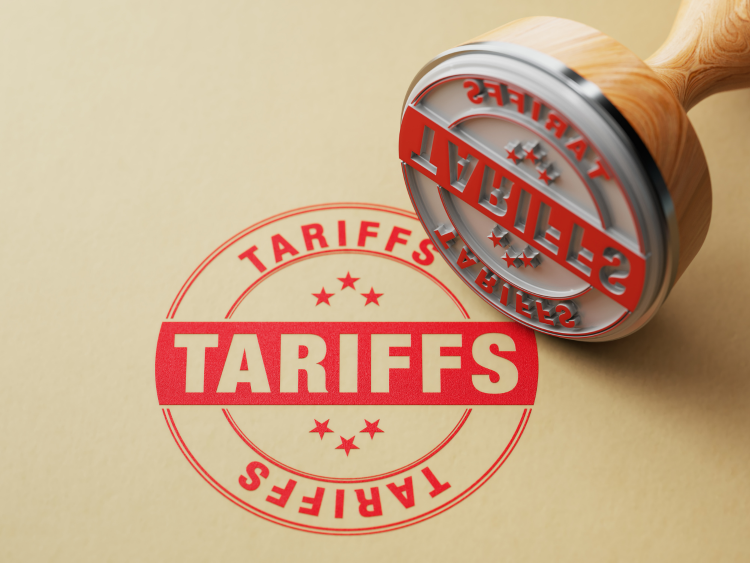
Tariffs & Trade: Key Trends, Policies, and Market Impact
A tariff is a tax imposed by a government on imported or exported goods. It is primarily used to regulate international trade by either encouraging domestic production or generating revenue for the government.

The Global Buy Now Pay Later (BNPL) Market: Growth and Opportunities
The global Buy Now Pay Later (BNPL) market has emerged as a revolutionary financial solution, transforming how consumers approach shopping and payments. Offering flexibility and convenience, BNPL allows consumers to make purchases and pay.

Global Motorhome Market: Growth and Forecast
The motorhome market has gained significant momentum over the past decade, driven by rising interest in outdoor tourism, evolving consumer lifestyles, and advancements in vehicle design and technology. As a preferred option for travelers seeking.
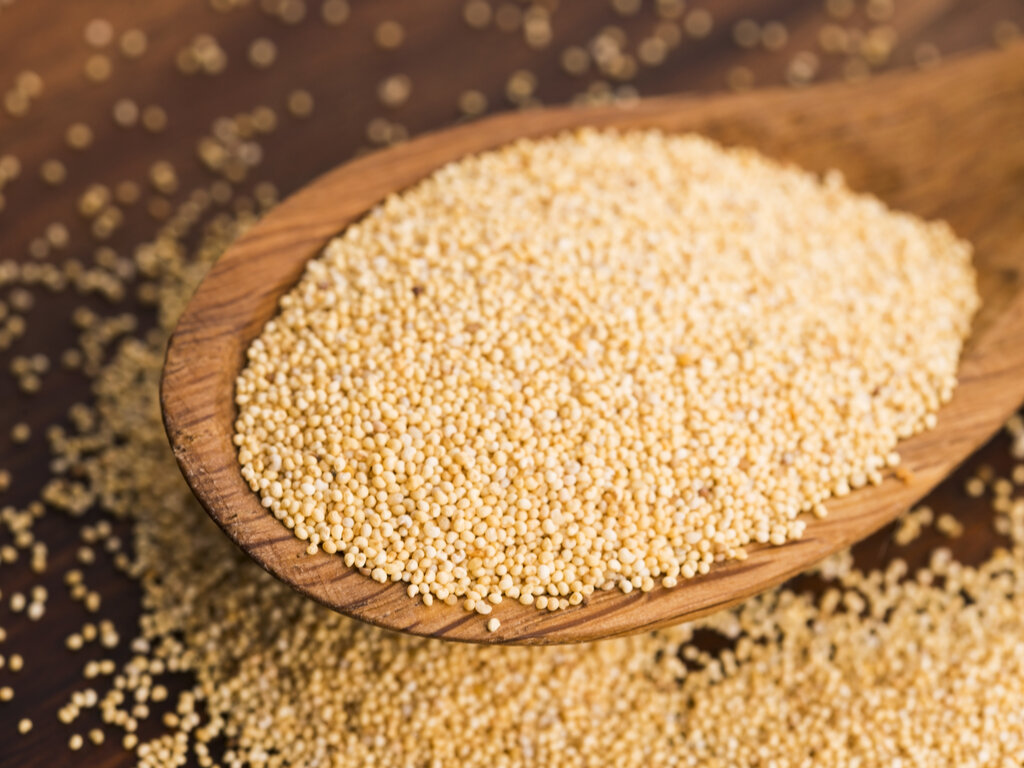
The Global Poppy Seed Market: Growth and Trends
Poppy seeds, derived from the opium poppy plant (Papaver somniferum), have been a vital component in global culinary, pharmaceutical, and personal care industries for centuries. The global poppy seed market is gaining traction due to its versatility.
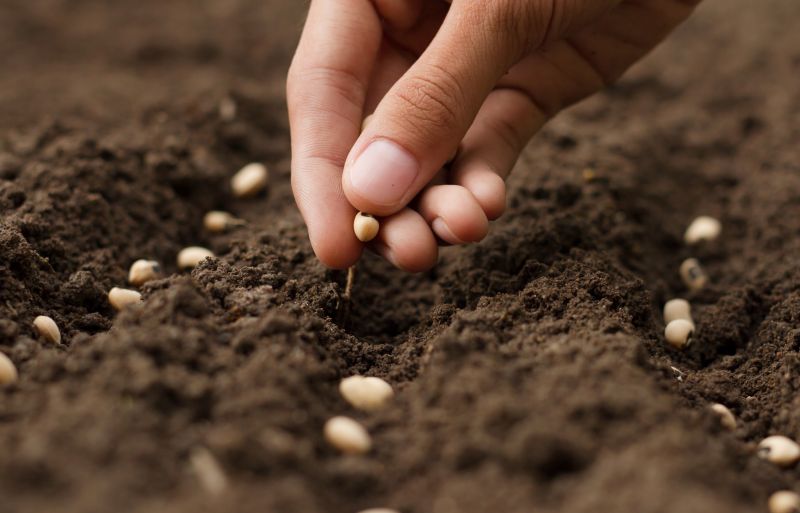
Global Plant Breeding and CRISPR Plants Market
The global food industry is facing immense pressure due to rising population levels, diminishing arable land, and the impact of climate change. Innovations in plant breeding, particularly the use of CRISPR technology, are reshaping the agricultural .
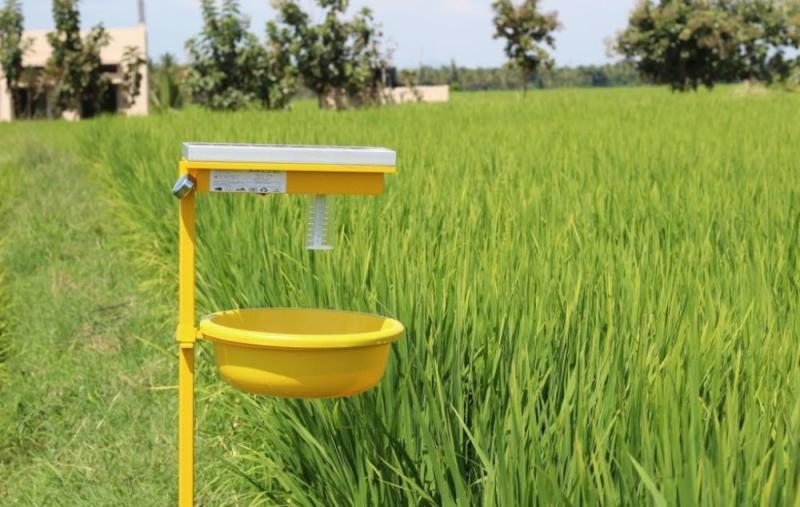
Global Pheromones Market – Trends, Opportunities, and Forecast
The global pheromones market has witnessed significant growth, primarily driven by the rising demand for eco-friendly pest control solutions in agriculture. Pheromones, natural chemicals emitted by insects and other organisms to communicate.

The Role of Technology in Oil and Gas Risk Management
In an industry as dynamic and complex as oil and gas, risk management is crucial for ensuring operational efficiency, regulatory compliance, and safety. Risk management software has become an indispensable tool for companies in this sector.

Global Smart Grid Sensors Market
The global energy landscape is undergoing a significant transformation, with smart grid technologies at the forefront. Smart grid sensors, a critical component of modern energy grids, enable efficient monitoring, energy distribution.

Global Photovoltaic Glass Market Research Report
The global photovoltaic (PV) glass market is experiencing unprecedented growth, driven by the accelerating shift towards renewable energy and the integration of sustainable materials in construction. This report delves into the market’s key growth.

Exploring the Growth of the Global Micro Solar Inverter Market
The Global Micro Solar Inverter Market is forecasted to expand significantly, growing from an estimated value of USD 4.8 billion in 2024 to USD 14.6 billion by 2030, with a CAGR of 24.2%. This growth reflects increased adoption of solar energy system
.png)